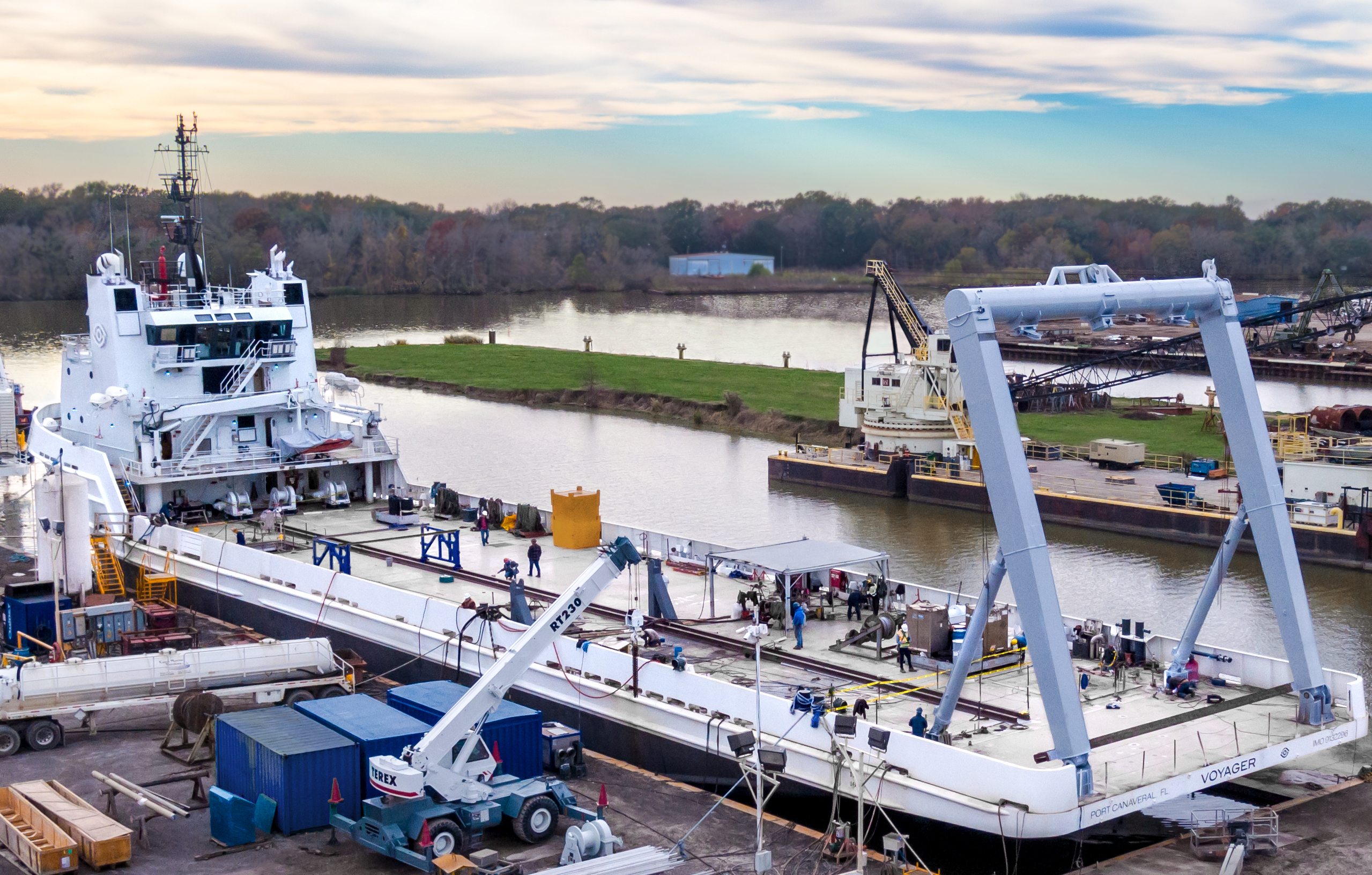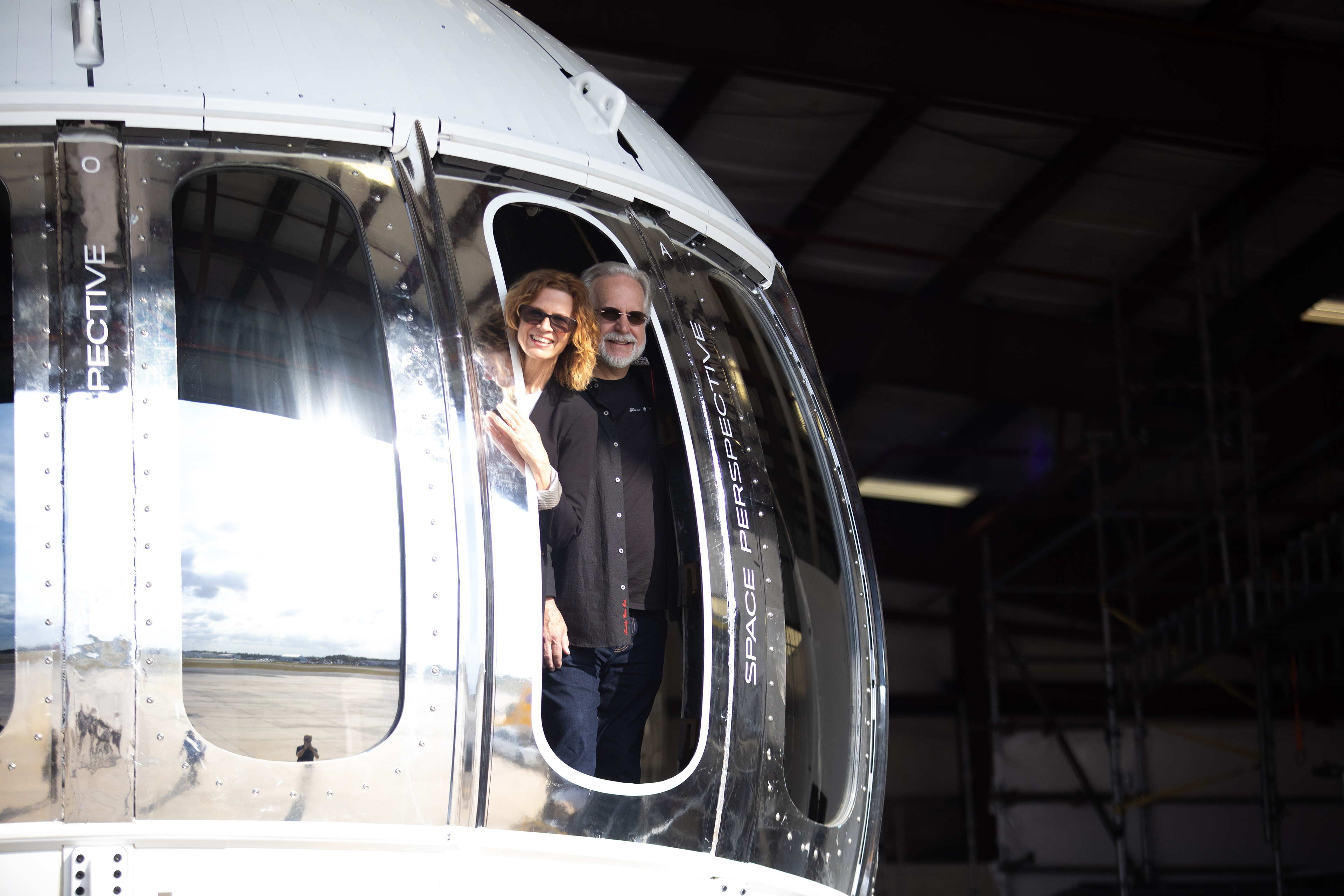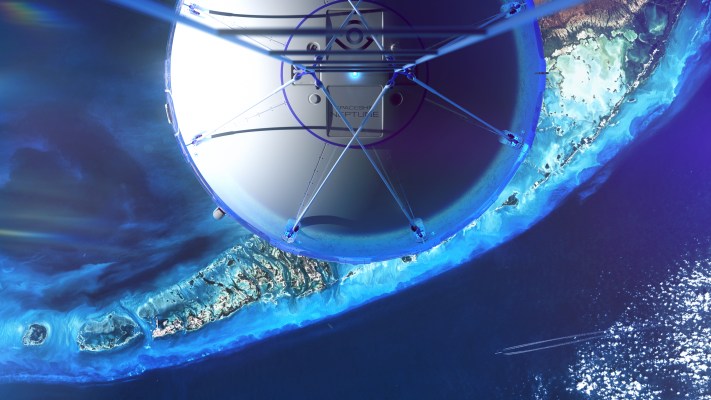Before Jane Poynter and Taber MacCallum were entrepreneurs, they were researchers. Occasionally, they were even the subjects of their research: The pair first made headlines in the early ’90s when they joined the crew of Biosphere 2, an experiment designed to better understand how closed ecological systems might eventually support life in outer space. They spent two years in a large glass dome in the Arizona desert with six others, with Poynter heading the farm’s design and operations and MacCallum leading development of the systems that recycled their air and water.
After the experiment concluded in 1993, the pair got married and started numerous ventures aimed at supporting life in extreme environments; later, they went on to found World View, a company that aims to collect remote sensing data with stratospheric balloons.
The husband-and-wife duo departed World View in 2018; the following year, they started another balloon company, Space Perspective, this time squarely focused on ultra-high-altitude tourism.
Space Perspective, which aims to commence commercial service as soon as the end of this year, is entering a nascent market: Its closest competitors are Virgin Galactic and Blue Origin, which offer rides to suborbital space. But that is where the similarities end. The difference in launch vehicles — Blue’s New Shepard rocket and Virgin Galactic’s spaceplane, versus Space Perspective’s balloon and pressurized capsule — render everything else wholly different.
There’s altitude: New Shepard flies to 66 miles above the Earth, while Space Perspective will go to just 18 miles — which doesn’t technically count as “outer space” but is still significantly higher than any commercial aviation flight available today, and will still offer incredible views of the curvature of the Earth and the thin blue line of the atmosphere. There’s duration: A flight on New Shepard takes 11 minutes from lift-off to landing; Space Perspective’s will last six hours. Finally, there’s the ride itself: Customers in Space Perspective’s capsule will feel no G forces, nor will they experience weightlessness at any point. Instead, the balloon, using hydrogen, will ascend at roughly 12 miles per hour, smoothly enough that customers will be able to eat and drink.
There’s also take-off and landing. With Space Perspective’s system, both will take place at sea, on a large launch vessel called Marine Spaceport Voyager. The ship is nearly complete, with the company installing the launch system now to be ready in the next few weeks. Simultaneously, Space Perspective is working with the U.S. Coast Guard, which maintains regulatory authority over space-related activities that occur in water. (The company’s balloon flight operations will be regulated by the Federal Aviation Administration, just like every other human spaceflight company.)

Image Credits: Space Perspective
“Moving to marine operations was truly transformational for the company,” Poynter said. “When we started the company, we knew we wanted to splash in the ocean because it’s really safe. […] We were a bit concerned about how we really do routine commercial operations from a licensed launch pad on the ground where you’re going to be very weather-constrained and all of the other kinds of range constraints that one has. We said, why on Earth aren’t we just doing it all at sea?”
Space Perspective’s capsule is also quite large at 16 feet in diameter, and no G forces means that customers will be able to mill about, have a cocktail and connect to Wi-Fi to livestream the experience on their phones. The company notes in a press release that there will even be a proper bathroom.
These myriad differences don’t just fundamentally change the customer’s experience; they have had some profound impacts on respective business plans, too. One notable difference is development costs: Space Perspective has raised $77 million from investors since 2019, while Virgin Galactic has spent more than $1 billion developing its system. Poynter credited her and MacCallum’s experience working on both balloons and human spaceflight.
“We just went straight to the finish line,” she said. She added that the pair had always been focused on “not doing a science project. Rockets tend to be a bit of a science project, even still.”
The finish line is indeed almost here. The company, which is vertically integrated, just completed its first test capsule from its facilities in Florida. The plan is to conduct 10-14 uncrewed test flights before moving onto 3-4 crewed tests. On that schedule, starting commercial operations with paying customers by the end of the year is “tight,” Poynter said, with early 2025 more likely.
The capsule is reusable, though the balloon will need to be replaced after each mission. But still, Poynter says they’ve set up manufacturing capacity in Florida to keep up with projected demand. Eventually, the company aims to launch on the order of 100 flights per year using two capsules on the same day, lifting off from Marine Spaceport Voyager. With each ticket costing $125,000, that means $1 million in revenue per flight with eight passengers plus a pilot, and $100 million in revenue per year at full cadence.

Space Perspective co-founders Jane Poynter and Taber MacCallum looking out of the first test capsule. Image Credits: Space Perspective
Looking further afield, the Space Perspective team has already been considering additional launch locations and different use cases for the flight. Industrial designer Dan Window, head of Experience Design at Space Perspective, said his team looked at something like 120 different interior layouts before settling on the final design; but that they’ve already begun to have conversations about what an interior might look like for music shows, leadership meetings, broadcasting — even weddings.
In the future, Poynter said the company could also start to offer different packages, like overnights and tiered pricing, as well as different take-off and landing locations off the coast of the Middle East, Asia and Europe.
Poynter said she and MacCallum will both be on the first commercial flight. “We have given our board warning that we will be on that first flight. We will have done a lot of testing, so we will have 110% confidence in the vehicle.”
